Casablanca (1943)
Notes from the Front Line
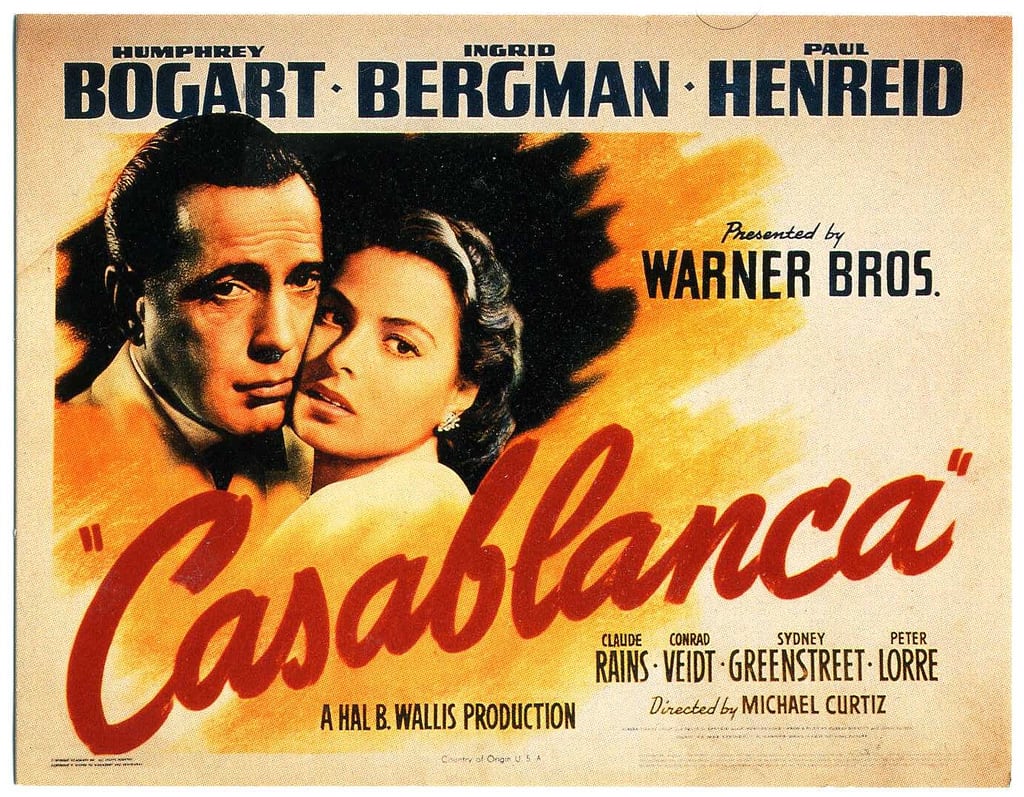
In 1942, Janis Wilson was working on her first film – Now Voyager, playing the young Tina, a neglected child to be adopted by Bette Davis’s Charlotte Vale. And in breaks from her filming she would sneak onto an adjourning lot and watch the movie that some of her co-stars were filming in overlapping schedules.
According to press cuttings, Janis later said:
I am the last surviving witness to the filming of Casablanca (1942), which was being filmed on the set right next door. I used to slip over there and watch it.
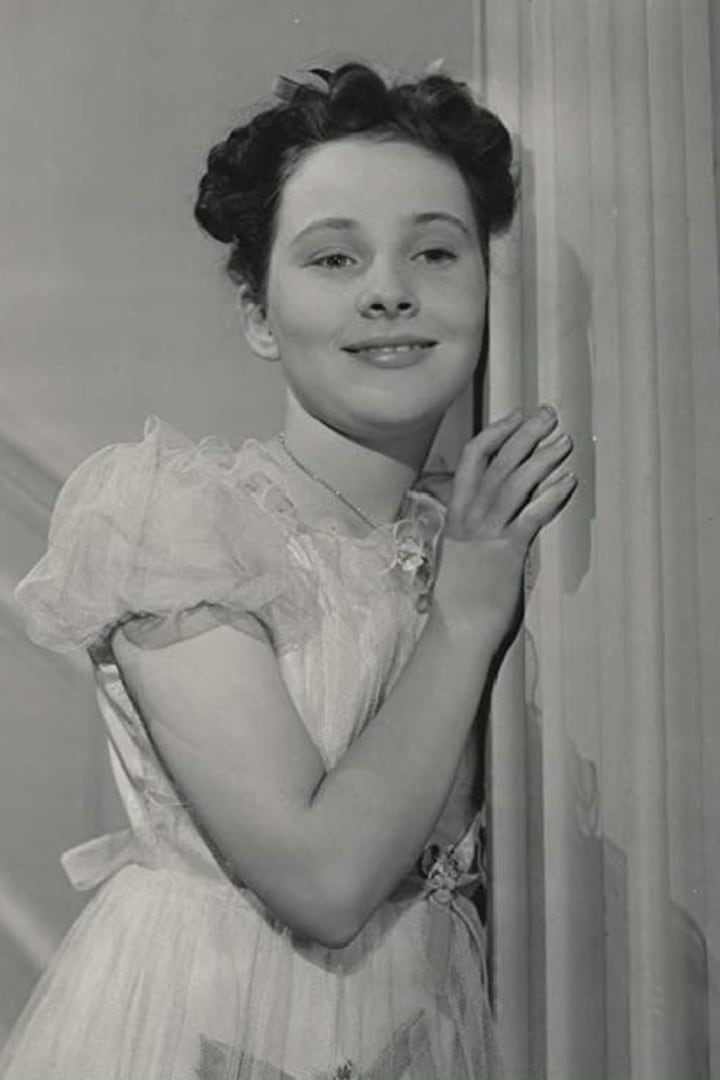
I dream of being a 1940s screen-writer because of the exuberance and productivity of that era – a golden age. An age where Casablanca was seen as just another movie, just another product of the frenzied activity of the studio system. It was shot in under three months and yet went onto become a classic. As Umberto Eco says:
Casablanca has succeeded in becoming a cult movie because it is not one movie. It is “the movies.”
Janis was just 12 years old when she caught glimpses of the Casablanca set. And was just as caught up in the Hollywood work ethic as her co-stars. As soon as she finished filming Tina she was on to her next Bette Davis vehicle Watch on the Rhine (1943).
We shot the movies back-to-back, because that's the way Bette Davis liked to do it.
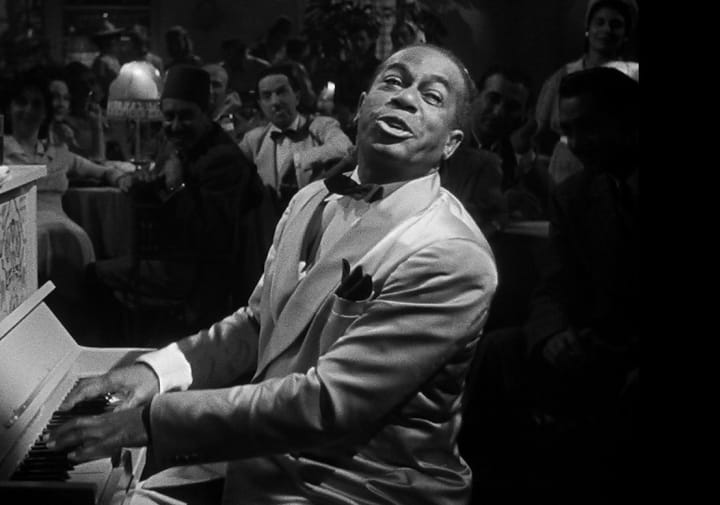
As someone wanting to make it big in 40s Hollywood, I have studied Casablanca. And each time I watch, I love it a little more.
Some critics think it is too big for its boots.
Umberto Eco discusses it as a series of cliches.
Pauline Kael says of Casablanca that is:
“A movie that demonstrates how entertaining a bad movie can be.”
The argument is that it doesn’t know what kind of movie it is, what genre it belongs to.
But that is also its appeal. Because none of us live a life according to genre. We are a mish-mash of everybody’s effort.
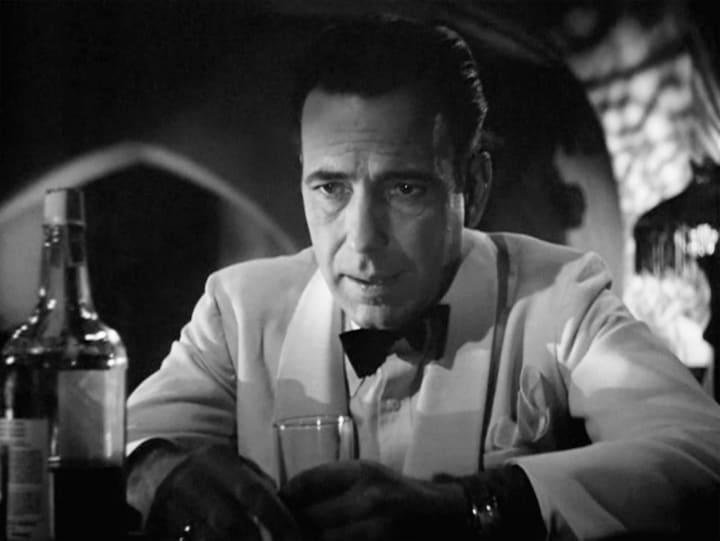
It is easy to see why Casablanca was popular at the time of its release. This is a movie about taking sides. Filmed in 1942, Pearl Harbour had forced the US government’s hand out of isolation and into the fight against Nazism, but the public still needed persuading. The Office for War Information was an early fan of the film, seeing it as a conversion narrative of an isolated man being bought into the war effort.
And it took on a particular timeliness when on 8 November 1942, allied forces landed in North Africa, fighting a battle near Casablanca, at the point Wallis and Warner (producer and studio boss) were busy getting the film out for distribution. It opened on 23 January 1943 in Los Angeles – notably around the same time as the Casablanca conference where Roosevelt and Churchill met de Gaulle.
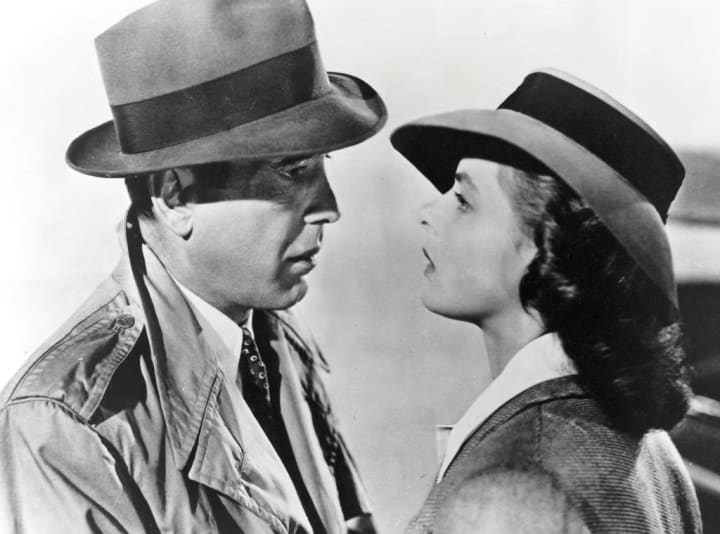
Yet it is not just a film of its time. It is a testament to the truth that specifics make for the best universal resonance. While history has moved on – the dilemmas at the centre of the film remain pertinent.
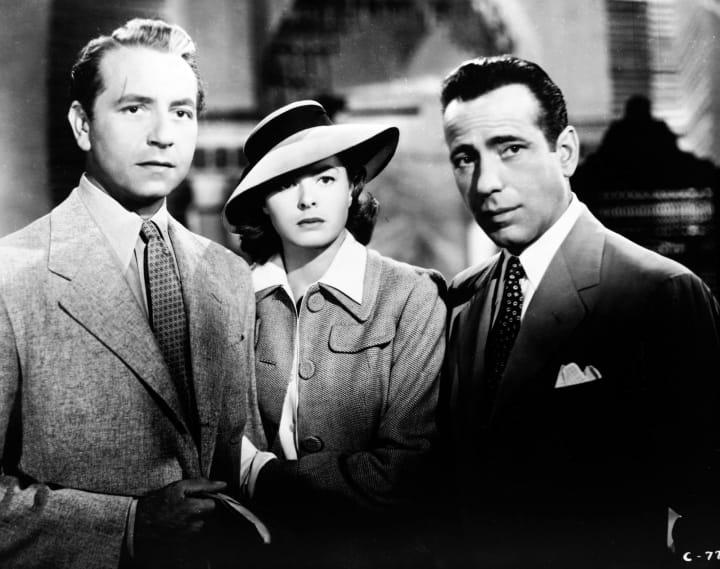
Critics struggled to put it in a box. It has a Film Noir feel. Bogart as Rick is a natural noir anti-hero, lonely cynicism oozes out of every smoke-filled sentence. And there is a beautiful, dangerous woman. Bergman’s Ilsa pulls a gun. But Ilsa is not a femme fatale. She is a scared refugee. And Bergman plays her with sincerity and innocence. To complete the love triangle we have Paul Henreid’s, Viktor Laszlo – he is not a noir character. He is loyal, brave and unquestionably good – perhaps even too good to love.
So the film is not simply noir; it is not a simple love story and it is more than a war film.
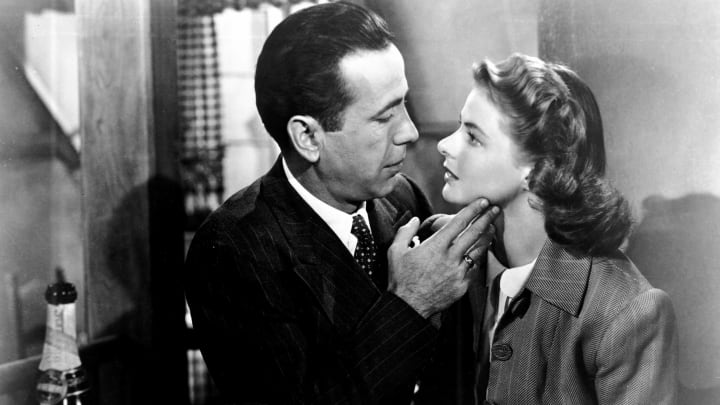
As a screen-writing wannabe, I could agree with Eco and sagely nod along that this is a film of cliches. But the last 20 minutes gets me every time. It is about nobility, sacrifice, the ambiguity of commitment to a cause or a person. It is terse. It is urgent. It is inevitable like a Greek Tragedy. But there is so little time to think as the edits are quick and the action moves on. Just time to feel and take in gasps of air.
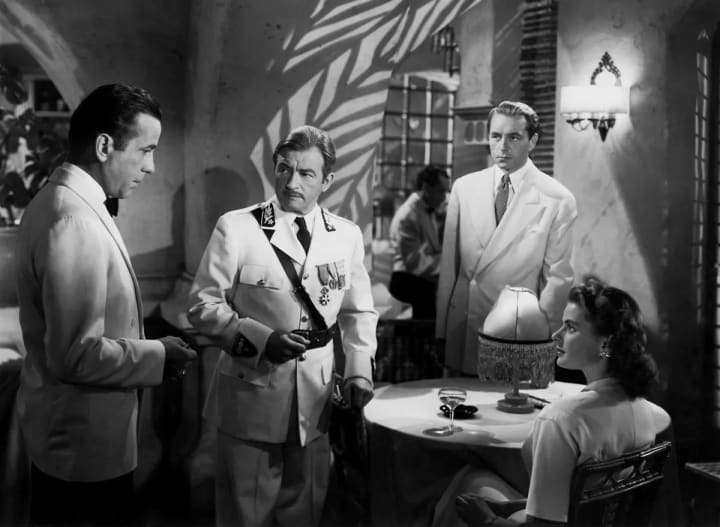
And I wonder what Janis glimpsed. She had talked of writing a book about her time in Hollywood, but it never materialised. Like the rest of Hollywood at the time, she would not have known this was to be a classic. An A-list cast and a top-notch director, sure, but it was made to a tight budget and released with modest expectations.
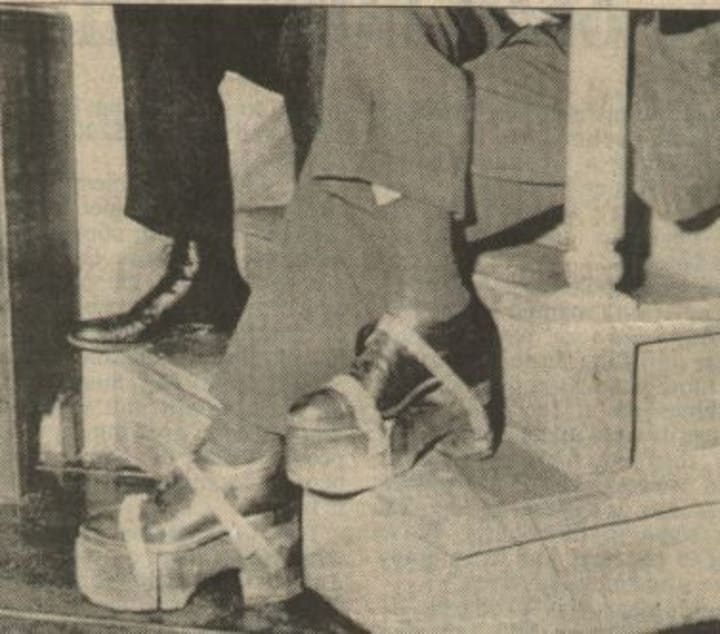
Did she have a crush on the wrinkled swagger of Bogart, or the cool distance of Henreid? Was she enthralled by the beauty of Bergman? Did she giggle at the sight of Bogart’s shoe lifts as he stood next to his statuesque co-star?
Did Janis see the Paris flashback? Shot in intimate detail before the back projections were edited in to show L’Arc de Triomphe. A different side to Bogart, showing he can do innocence and joy. Bergman’s face a masterclass in screen-acting, emotions fleetingly caught on a close-up shot.
Or was she there in Rick’s? This is a film where the cast sit around, talking in bars, sitting at tables, matching the refugee experience of sitting and waiting. Did she see Rick give his simple nod to signal to the band to play Le Marseilles? It is an understated gesture, but it points us to a goodness in Rick, the moral compass he had been trying to obscure. It is excellent screenplay story-telling. And on the set, the cast of refugees cry. Did Janis see their tears?
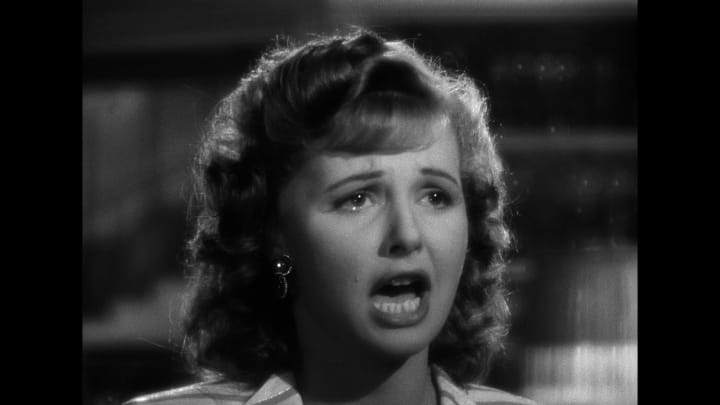
It has been hard to write anything about Casablanca that hasn’t already been said. After all, this is the film at number three in the AFI movies of all times. It has more quotes than any other film in the list of AFI movie quotes. And I haven’t even mentioned the music, leading to the naming of the Casablanca Effect - a psychological theory that links music and memory.
But I had to make choices, to keep the writing tight. And it is the writing that makes this film. A collaborative effort that was designed to keep the audience guessing. To any aspiring story-teller, Casablanca is a reminder that specifics enhance a universal tale and that genre is a tool for critics, not for writers.
It is a thriller, a war movie, a love story. And what stays with the viewer is the ambiguity, the atmosphere, the conflict of virtue versus romance, the courage, the sacrifice. It is a story where the most loving act is a form of abandonment.
“We’ll always have Paris.”
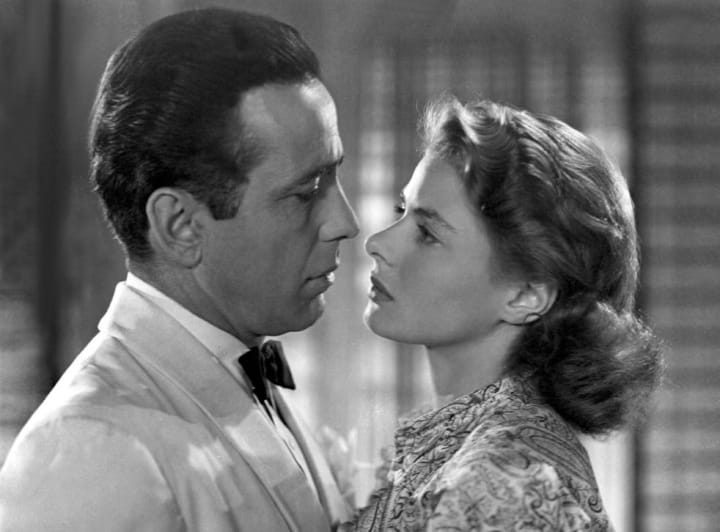
If you've enjoyed what you have read, consider subscribing to my writing on Vocal. If you'd like to support my writing, you can do so by a regular pledge or leaving a one-time tip. Thank you.
About the Creator
Rachel Robbins
Writer-Performer based in the North of England. A joyous, flawed mess.
Please read my stories and enjoy. And if you can, please leave a tip. Money raised will be used towards funding a one-woman story-telling, comedy show.


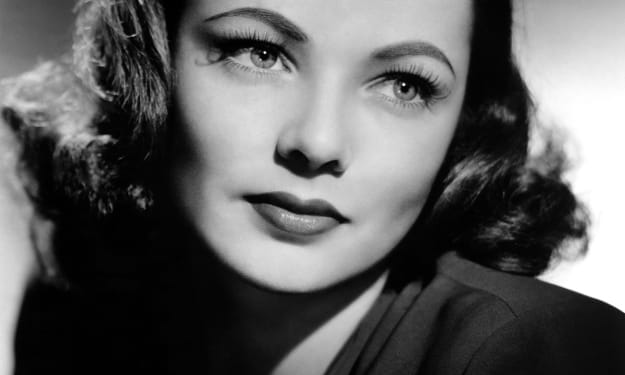



Comments (6)
My favorite movie!!! Lost count on the number of times that I watched Bogart & Bergman in Casablanca!!! Once watched a colorized version, it wasn't to my liking. Your critique was fabulous and loved it!!!❤️❤️💕
A marvelous movie for which far too much time has passed since last I viewed it. And I can't help but wonder how many of those cliches originated with Casablanca & became cliches because of it.
Robert McKee agrees with you (as do I) & even includes "musical" in his list of genres for this classic film: in other words, it has it all. I took McKee's Story Masterclass & he does a stop & start analysis of Casablanca that's brilliant & tends to wipe picky critics off the map. Lovely writing as usual, Rachel! PS. Interesting that you mention the nod: the day was a wrap but Curtiz asked Bogie to just do one more thing - stand there, look in such & such direction, camera rolling, and nod - Bogie didn't even know what it was for!
Superb review, one of the best I have read. Good object lesson in how to structure a story and develop a leading character. Really well done. Everyone who says they are a (fiction) writer should read, as well as watch, Casablanca multiple times.
I've watched Casablanca on the big screen, back when TCM was doing the 70th-anniversary screening. (I think it was). Much has been written about the film and the production of it. I doubt that there's little new to say, Short of having the stars talk about it, As you said, the bigger overall theme of doing what is right for the greater good despite what one wants to do still rings true today. Borgart made the character of Rick Blaine His, Much like you don't picture Marlow or Sam Spade and not think of him. I recently dove back into the Bogie/Becall catalog and "Borrowed " the plot of one of their movies for my story. It wasn't intentional but as I got into the story, it just seemed to want to work. Those who know the 4 Bogart/Becall movies will figure out which one. Look for the story to go up in the next couple of days
An amazing film, I watched it like so many other films of that era, back in the day on terrestrial tv. Well written Rachel!